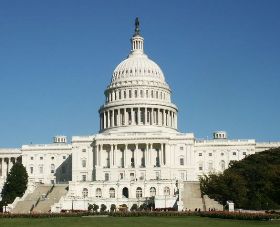 ARLINGTON, VA – More than 50 state and national dairy organizations, including the National Milk Producers Federation (NMPF), sent a joint letter today to members of the House Agriculture Committee, urging that panel to include the Dairy Security Act (DSA) in upcoming Farm Bill. The House Ag panel is expected to begin drafting a Farm Bill next Wednesday.
ARLINGTON, VA – More than 50 state and national dairy organizations, including the National Milk Producers Federation (NMPF), sent a joint letter today to members of the House Agriculture Committee, urging that panel to include the Dairy Security Act (DSA) in upcoming Farm Bill. The House Ag panel is expected to begin drafting a Farm Bill next Wednesday.
The letter, which can be found online, said that dairy producers need “a financially-sound risk management program to help farmers better manage margin volatility,” noting that the economic conditions that led to the development of the DSA after the dairy depression in 2009 – low milk prices and high feed costs generating terrible margins – were experienced again by America’s dairy farmers last year, when feed costs soared to record levels as milk prices dropped.
The coalition’s letter – signed by 52 separate organizations – urged House members to oppose a competing proposal to be offered by Reps. Bob Goodlatte (R-VA) and David Scott (D-GA), the “Dairy Freedom Act,” because it would weaken the safety net for farmers in order to benefit dairy processors. The Dairy Freedom Act strips out the market stabilization component from the DSA.
The letter says that “Without the discipline offered by market stabilization, low milk prices will continue for longer periods. This is detrimental to farmers. Low milk prices will lead to more government outlays. This is detrimental to taxpayers. The Dairy Freedom Act is supported by processors precisely because it offers them the prospect of lower milk prices, subsidized by government insurance payments. This scenario is not sustainable. Free margin insurance alone is a costly ruse.”
The farm groups assert that “Market stabilization sends a clear signal to farmers participating in this program that a bit less milk is needed. Not only does this hasten a rebound in low-margin situations, it reduces the cost of the program to the government.”
The joint letter points out that “The real threat to the growth of our domestic dairy industry is not a market stabilization program that will only rarely activate; it’s the further damage to our dairy producer sector that would result from an ill-conceived processors’ dream plan to assure themselves a sea of taxpayer-subsidized milk.” Also, the letter notes, the DSA is “a voluntary approach to risk management, which offers producers the choice to participate.”
“The U.S. dairy industry is demonstrating a level of unity and support for the Dairy Security Act that is unprecedented for our industry. These organizations share the belief that the status quo is not an option for our future, and we stand united behind the Dairy Security Act as a rare opportunity for the dairy industry to collectively support reasonable, financially-sound changes to our Federal policies,” said the letter.
The following groups signed onto the letter: Agri-Mark, Alabama Dairy Producers, Arkansas Dairy Cooperative Association, Associated Milk Producers Inc., Colorado Dairy Farmers, Continental Dairy Products, Inc., Cooperative Milk Producers Association, Dairy Farmers of America, Dairy Farmers Working Together, Dairy Producers of New Mexico, Dairy Producers of Utah, Dairylea Cooperative Inc., Dairymen’s Marketing Cooperative, Inc., Ellsworth Cooperative Creamery, Farmers Cooperative Creamery, FarmFirst Dairy Cooperative, First District Association, Foremost Farms USA, Holstein Association USA, Inc., Idaho Dairymen’s Association, Iowa State Dairy Association, Kansas Dairy Association, Land O’Lakes, Lone Star Milk Producers, Maryland Dairy Industry Association, Maryland & Virginia Milk Producers Coop. Assoc., Michigan Milk Producers Association, Midwest Dairy Coalition, Milk Producers Council, Missouri Dairy Association, National Council of Farmer Cooperatives, National Farmers Organization, National Milk Producers Federation, North Carolina Dairy Producers Association, Northeast Dairy Farmers Cooperatives, Northwest Dairy Association, Oregon Dairy Farmers Association, Prairie Farms Dairy, Inc., Premier Milk Inc., Scioto County Cooperative Milk Producers’ Association, Select Milk Producers, Inc., South Carolina Dairy Association, South Dakota Dairy Producers, St. Albans Cooperative Creamery, Swiss Valley Farms Company, Tillamook County Creamery Association, United Dairymen of Arizona, Upstate Niagara Cooperative, Inc., Virginia State Dairymen’s Association, Washington State Dairy Federation, and Zia Milk Producers, Inc.
The National Milk Producers Federation, based in Arlington, VA, develops and carries out policies that advance the well-being of dairy producers and the cooperatives they own. The members of NMPF’s 30 cooperatives produce the majority of the U.S. milk supply, making NMPF the voice of more than 32,000 dairy producers on Capitol Hill and with government agencies.
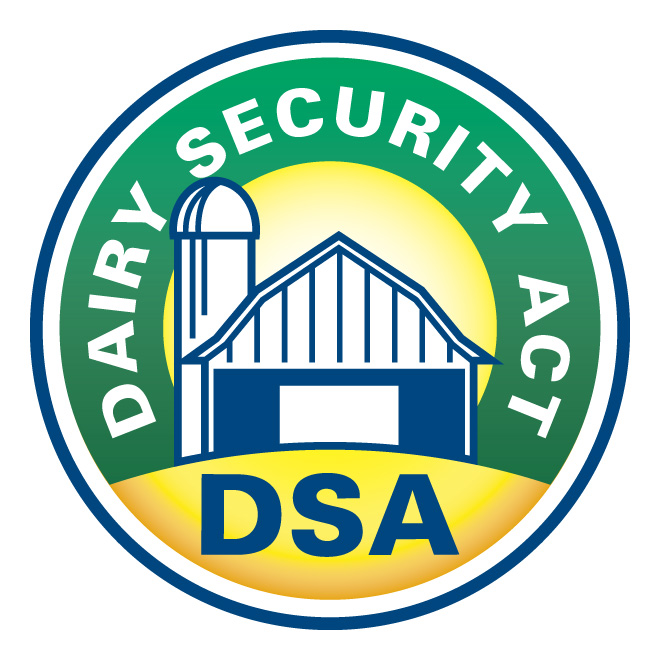 From Jerry Kozak, President and CEO, NMPF:
From Jerry Kozak, President and CEO, NMPF:
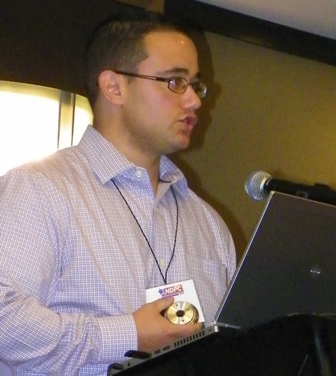 ARLINGTON, VA – A
ARLINGTON, VA – A 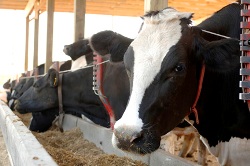 From Jerry Kozak, President and CEO, NMPF:
From Jerry Kozak, President and CEO, NMPF: The U.S. Dairy Export Council (USDEC) and National Milk Producers Federation (NMPF) applaud the United States’ decision to welcome Japan into Trans-Pacific Partnership (TPP) free trade negotiations.
The U.S. Dairy Export Council (USDEC) and National Milk Producers Federation (NMPF) applaud the United States’ decision to welcome Japan into Trans-Pacific Partnership (TPP) free trade negotiations.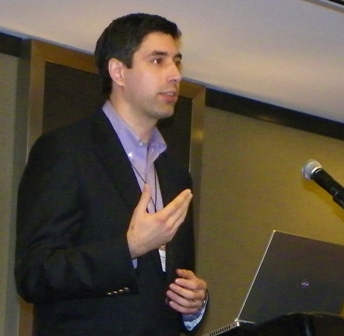 Prospects for Passing New Farm Bill Reviewed at National Dairy Producers Conference
Prospects for Passing New Farm Bill Reviewed at National Dairy Producers Conference



